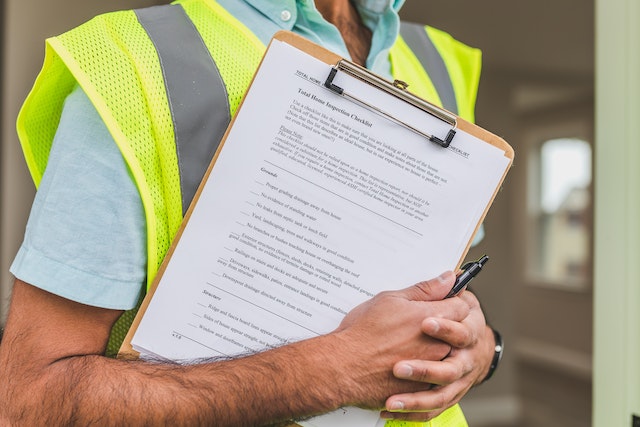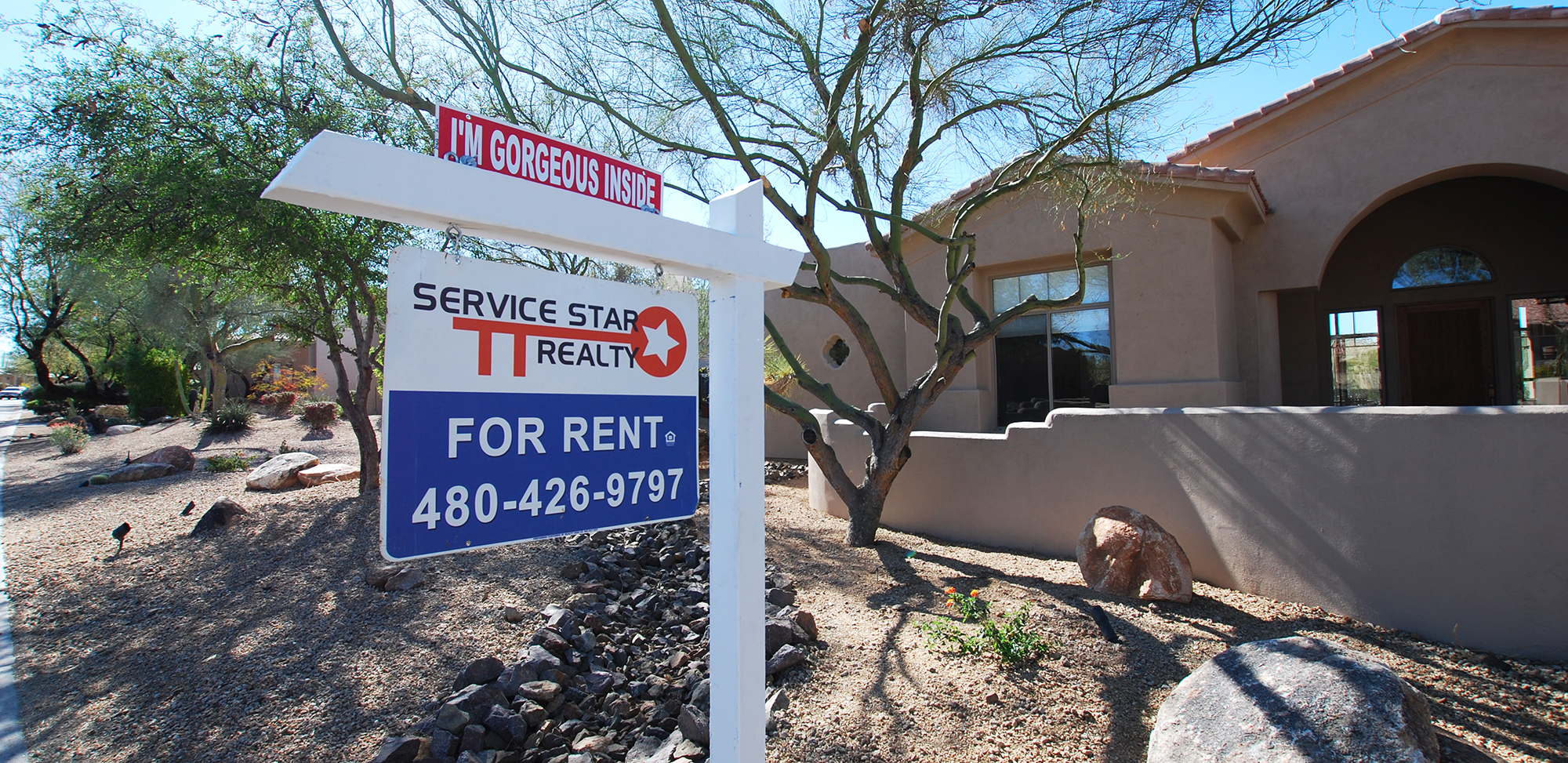As a landlord, ensuring the maintenance and proper care of your rental property is crucial to protecting your investment and providing a safe and comfortable living environment for your tenants.
A well-executed tenant walk-through inspection can help identify potential issues, document the property's condition, and establish clear communication between you and your tenants.
In this guide, we will share some tips on conducting a tenant walk-through inspection that ensures that all parties involved are on the same page and satisfied with the outcome.
Tip #1 - Create a Detailed Form
You must start by creating a structured form that systematically covers every room and its components, ensuring accurate documentation of their current condition. While you can readily access generic walk-through forms online, crafting your own form is easy.
Such a systematic approach not only guarantees that the inspection process stays organized but also prevents any inaccuracies.
The form should have several key elements to provide a full overview of the property's condition:
It should include a detailed room breakdown, listing and categorizing each room within the property.
It should list the components of each room, including the evaluation of amenities, such as floors, walls, doors, etc.
The form should allow for the documentation of both move-in and move-out conditions, providing a clear picture of any changes that may have occurred during the tenancy.
It should estimate the potential costs of cleaning or necessary repairs.

This fosters a sense of accountability on both sides, as the checklist objectively records the property's condition during inspection. This establishes a shared understanding of the property's state which promotes a peaceful and fair rental experience.
Tip #2 - Walk-through Together
It is best to begin with a collaborative approach to property inspections. You can set the stage for a successful and stress-free tenancy by scheduling a walk-through before your tenant moves in. This way, you can go through the property room by room to create an itemized list and document its condition.
This coordination minimizes misunderstandings that might arise if the inspection were conducted separately.
Tip #3 - Set Simple Expectations
Aim to focus on the key elements that truly matter during your property walk-through rather than minor imperfections. Over-documenting can inadvertently raise tensions and make your tenants feel as though they are under a microscope.
A comprehensive walk-through should take roughly 20 minutes. This timeframe is a perfect balance between thoroughness and efficiency. It allows you to cover all the necessary bases without making the process long and tedious.
Tip #4 - Use Visual Documentation
Visual documentation is a game-changer. Its significance cannot be overstated, as it offers a clear and irrefutable record of a property's condition.

During the walk-through is also a good time to take videos of the property. This provides a detailed view of each room.
Labeling each photograph or video with details such as the date and location within the property ensures clarity and reference.
The storage of these records is equally vital, whether on a dependable hard drive or within a secure cloud storage system. Organizing these images will make it easier for you when you carry out future inspections.
Tip #5 - Allow Time for Discovery
Granting the tenant time to discover additional issues is a fair and considerate practice. It may take a few days for them to fully settle into the property and notice any issues that were not immediately apparent during the initial inspection. This period is important as it ensures that all aspects of the property are thoroughly evaluated.
As the tenant identifies any new concerns, it is imperative to document these issues diligently. This documentation should take multiple forms, including written descriptions and photographic evidence. Doing so creates a clear and reliable record of the problems, making it easier to address them effectively.

Whether during the tenancy or move-out stage, having a well-documented history of issues and resolutions ensures fairness and transparency.
Tip #6 - Know Landlord-Tenant Laws
Understanding and familiarizing yourself with landlord-tenant laws is critical for successful property management. These laws provide a legal framework that governs landlords' and tenants' rights and responsibilities. These regulations specify the maximum amount a landlord can collect.
Additionally, they define which repairs are the tenant's obligations and which fall within the responsibility of the landlord. This distinction prevents disputes from arising during the end of tendency.
Knowing the laws specific to your area helps prevent potential violations. By staying informed, you prevent legal disputes and their associated expenses.
Bottom Line
Remember, a well-executed tenant walk-through is not just about safeguarding your property; it is about nurturing a thriving and respectful relationship with your tenants. These stages will lead you to a successful walk-through, from developing a systematic inspection form to encouraging trust between tenants and landlords.
Visual documentation captures the property's condition, ensuring transparency and accountability. Allowing time for tenant discovery and understanding landlord-tenant laws further solidifies your position as a responsible and informed landlord.
Your investment deserves the best – choose Service Star Realty for excellence in property management.
Contact us today to get started on a path to hassle-free property management and discover why we are the trusted choice for landlords like you.
Service Star Realty
1525 N Granite Reef #16, Scottsdale, AZ 85257
(480) 426-9696






_6.png)







